The house was photographed on the same day by the same photographer
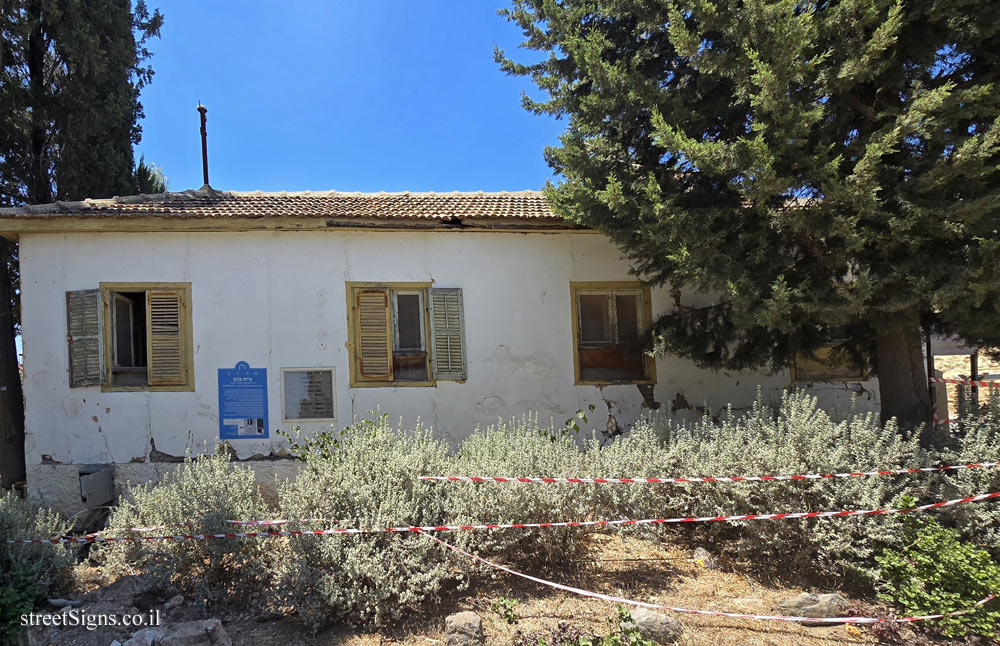 Click for a larger image
Click for a larger image In the next photo taken on the same day by the same photographer, you can see through the plaster the materials from which the house was built
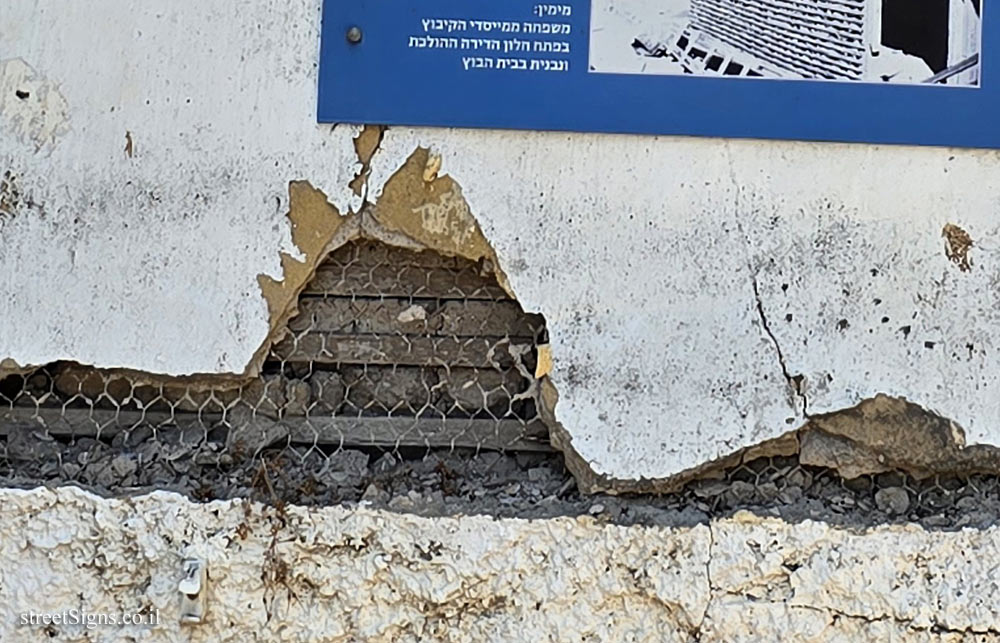 Click for a larger image
Click for a larger image The pictures on the sign are enlarged here:
The title of the treaty on behalf of "ICOMOS"
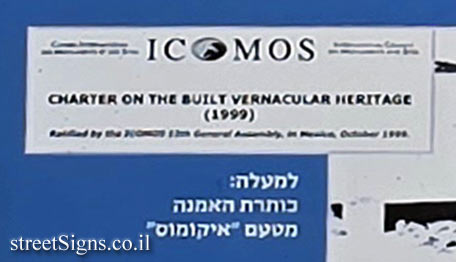 Click for a larger image
Click for a larger image A family from the founders of the kibbutz at the window of the apartment that is being built in Mud House
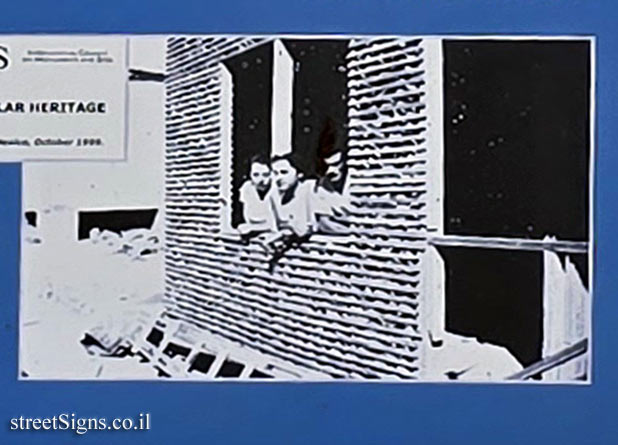 Click for a larger image Translation of the text on the sign
Click for a larger image Translation of the text on the sign:
The symbol of the Great Yard visitor center in Merhavia
Symbol of the Council for the Preservation of Israeli Heritage Sites
Kibbutz Merhavia symbol
The symbol of the Ministry of Culture and Sports
Symbol of the Jezreel Valley Regional Council
Mud House A remnant of a built vernacular heritage
Mud House | A remnant of the Built Vernacular Heritage
This building, the first of four residences of its kind built in the kibbutz, is included in the category of cultural assets that represent vernacular architecture, buildings built from local materials for everyday use, with local vernacular technologies.
Vernacular properties best express a society’s culture, its attitude to its environment, and are evidence of the cultural diversity that exists in the world.
In 1999, the Convention for Built Heritage was published by "Icomos", the International Council for Monuments and Sites.
After the First World War, during the intermediate groups, due to a lack of cheap building materials, the first mud house was built in the kibbutz. From 1932, the additional mud houses were built, where the members of the kibbutz who entered "family rooms" lived.
The mud houses were built from a framework of wooden beams, on which the walls were built from thin horizontal wooden strips that formed a pattern. A metal mesh was stretched over them, and stones gathered in the abandoned village of El Pula were placed densely into this pattern. The stones were held together by mud. Finally, the walls were covered with a layer of plaster.
Years later, an addition was built from blocks on the other side of this building, and it was used as a dental clinic.
[Photos]
Above: Title of the treaty on behalf of "ICOMOS"
ICOMOS
CHARTER ON THE BUILT VERNACULAR (1999)
to the right:
A family from the founders of the kibbutz at the window of the apartment that is being built in Mud House

 Click for a larger image
Click for a larger image  Click for a larger image
Click for a larger image  Click for a larger image
Click for a larger image  Click for a larger image
Click for a larger image 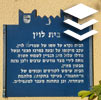 Click for all signs belonging to Heritage Sites in Israel
Click for all signs belonging to Heritage Sites in Israel
 22 Meter |
22 Meter |  30 Meter |
30 Meter |  33 Meter |
33 Meter |  70 Meter |
70 Meter |  73 Meter
73 Meter